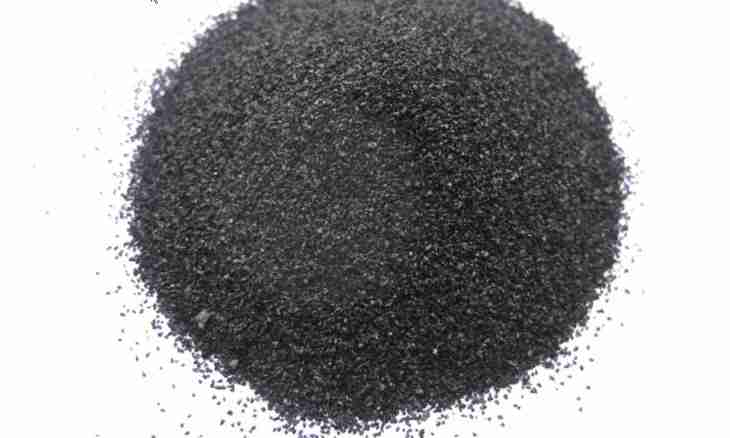Carbon is chemical element IV of group of a periodic system, in the nature it is presented by two stable isotopes and one radioactive nuclide which is formed in the lower layers of a stratosphere.
Instruction
1. Radioactive carbon with mass number 14 constantly appears in the lower layers of a stratosphere because neutrons of space radiation influence nitrogen kernels. Free carbon meets in the nature in the form of graphite and diamond, however its main weight is the share of natural carbonates, combustible gases, coal, peat, oil, anthracite and others combustible minerals.
2. Earth crust contains about 0.48% of carbon (on weight), in the hydrosphere and the atmosphere it is in a type of dioxide. About 18% of carbon on our planet are a part of plants and animals. Its circulation includes a biological cycle and also release of carbon dioxide in the atmosphere at fuel combustion.
3. Several stages enter a biological cycle: at first carbon from the troposphere is absorbed by plants then from the biosphere returns to a geosphere. Together with plants this chemical element gets into a human body and animals, then when rotting it passes into the soil, and after that in the form of carbon dioxide goes to the atmosphere.
4. Atoms of carbon form strong simple, double and threefold communications that promotes emergence of steady cycles and chains, it is one of the reasons of existence of huge number of carbon-containing organic compounds.
5. The most studied crystal modifications of carbon — diamond and graphite. Graphite thermodynamic is steady in normal conditions, diamond and other forms are metastable. At a temperature over 1200 To and atmospheric pressure diamond passes into graphite, and at 2100 To transformation takes only a few seconds.
6. With a normal pressure carbon begins to sublimate when temperature reaches 3780 K, it can be in liquid state only with a certain external pressure. Conditions of direct transition of graphite to diamond — pressure are 11-12 GPa and temperature 3000 K.
7. Carbon is chemically inert at usual temperatures, but at rather high he shows strong recovery properties and unites to many elements. At different forms of carbon the chemical activity differs, it decreases among: amorphous carbon, graphite and diamond. Amorphous carbon and graphite react with hydrogen at a temperature of 1200 wasps, with fluorine — at 900 OS. Graphite interacts with alkaline metals and halogens, forming inclusion connections.

